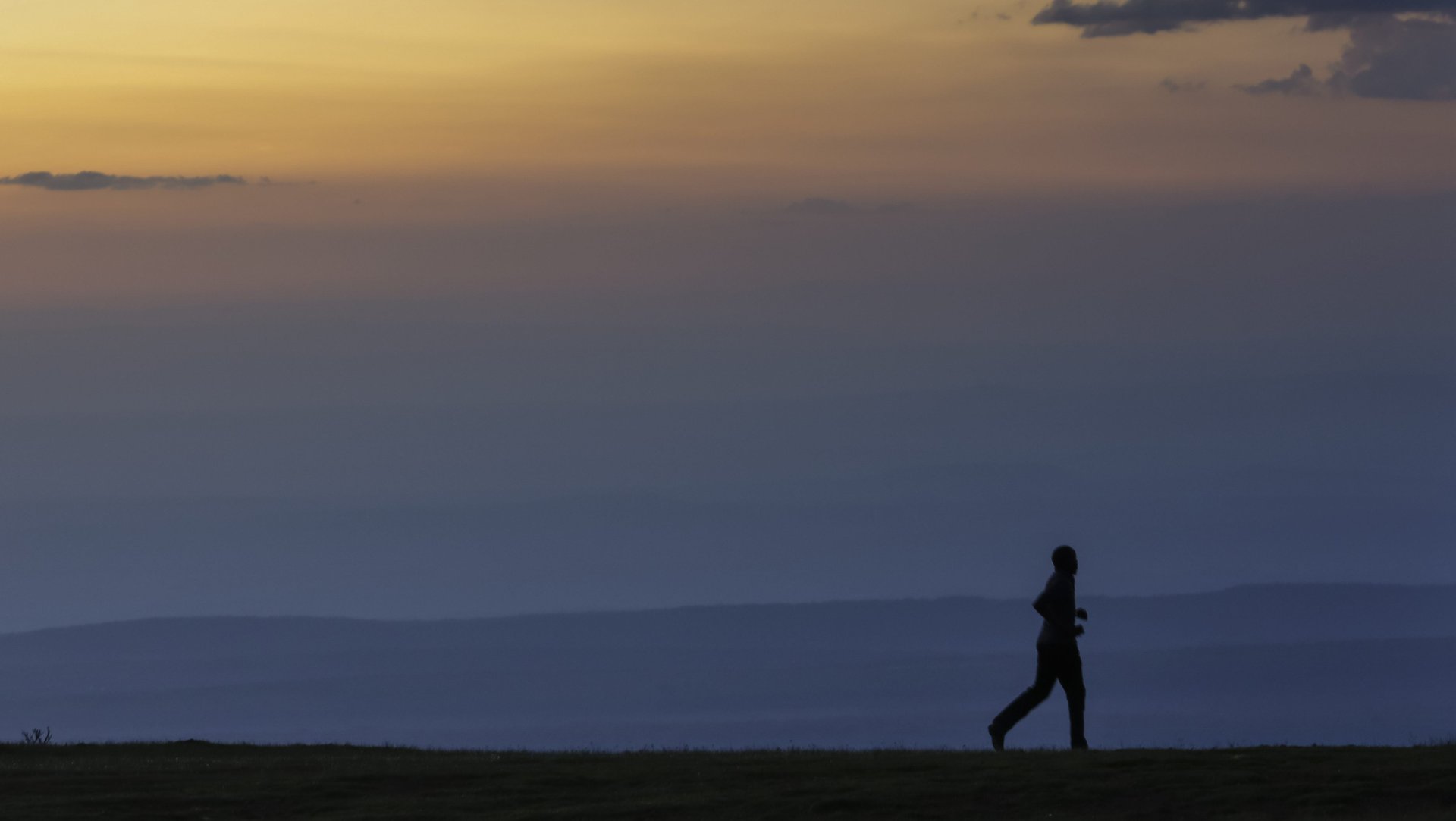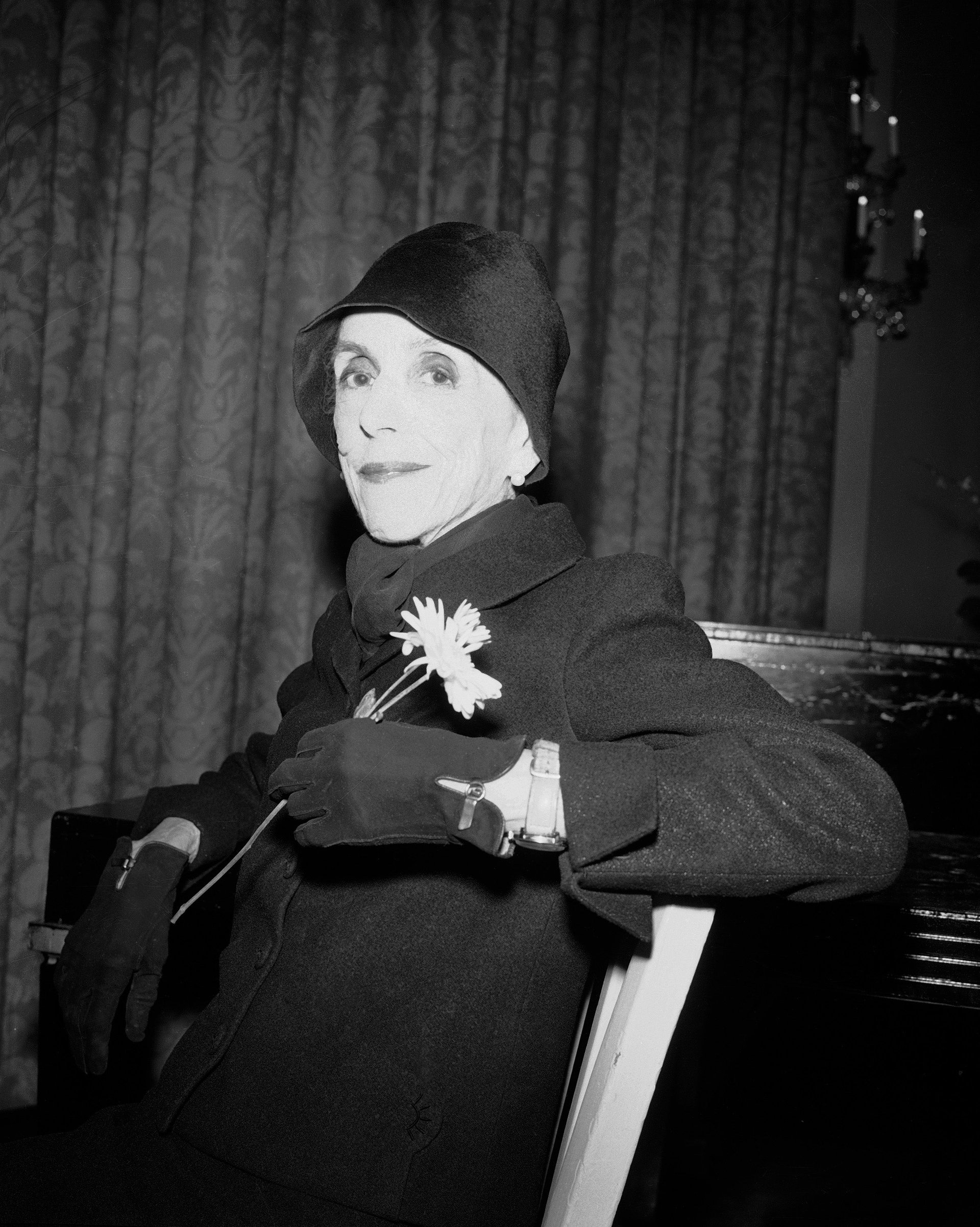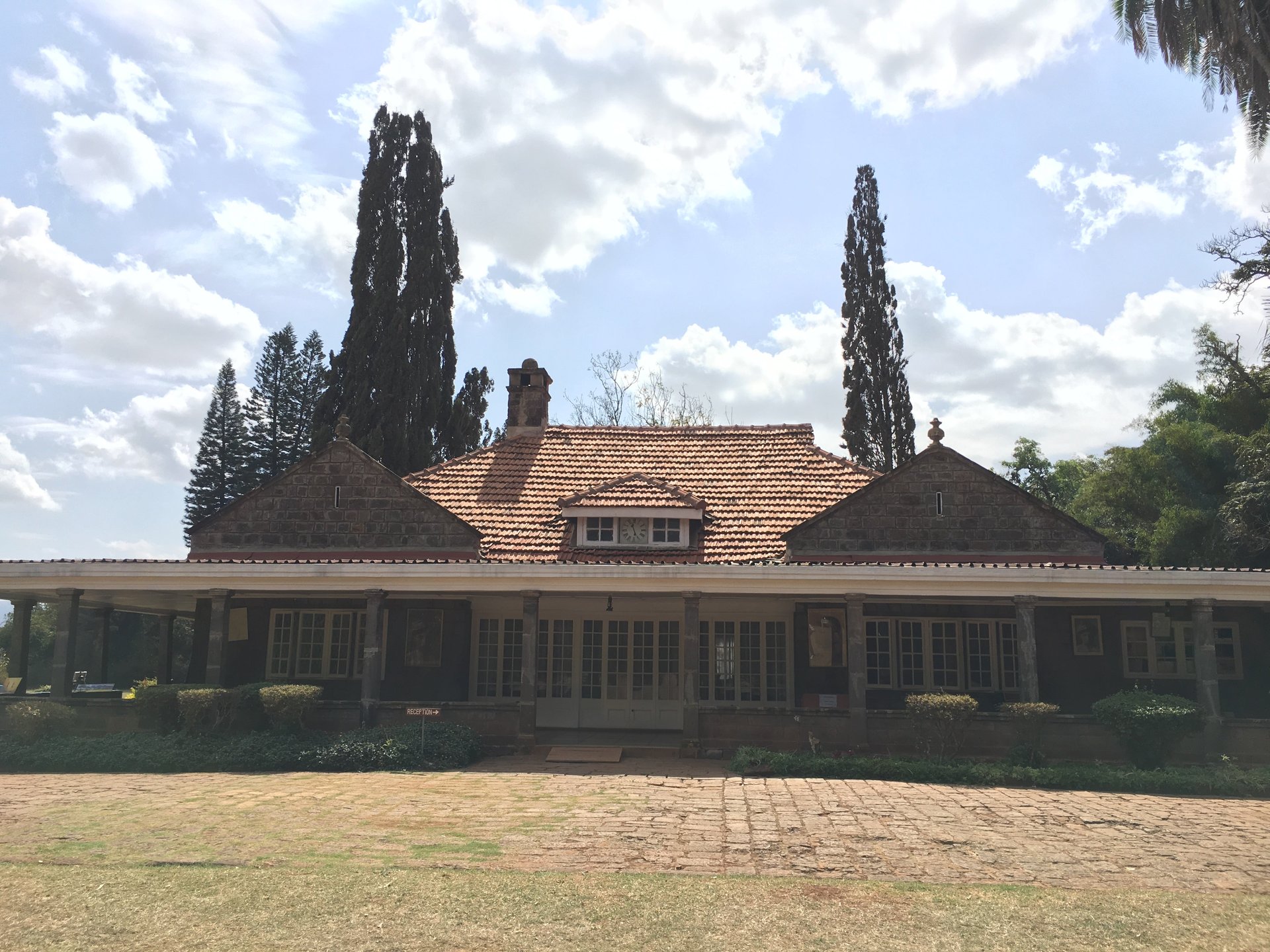Celebrating Karen Blixen’s “Out of Africa” shows why white savior tropes still persist
Nairobi


Nairobi
“The natives liked Karen.”
That was how the guide started the tour of the Karen Blixen Museum, the only house museum in Kenya and one of the most visited in the country. The museum was once the home of the Danish baroness and novelist famed for writing “Out of Africa,” the memoir about her life managing a coffee farm in Kenya from 1914 to 1931. Located on the outskirts of the Kenyan capital Nairobi, the house was part of an estate of 6,000 acres that she owned in the foothills of the picturesque Ngong Hills.
Since the publication of Blixen’s book in 1937, she has remained an important—and lasting—fixture in the study of Kenya’s colonial history. Her image was also solidified globally by the 1985 Oscar award-winning movie adaptation of the book, which starred Meryl Streep and Robert Redford. Yet given the criticisms leveled against Blixen and her portrayal of the Africans who lived on her farm, it was shocking to hear her openly racist ideas and choice of words regurgitated without examination at the museum—by a Kenyan tour guide. Who, exactly, were the “natives”?
The attendant at the museum said Blixen had treated her subjects well and “valued” them. The “natives,” he said, looked up to her and celebrated her “achievements” in the farm. She helped treat them when they were sick, and they were “sad” when she went back to Europe. Such was the tenor of Blixen’s account. But the cavalier attitude in which these historical records were presented as gospel truth risked enforcing and celebrating tired tropes about Africa and its people, then and now.

To read “Out of Africa” is to read a string of loosely-connected stories that are mostly unified by one theme: the inferiority of the African being. Throughout the book, Blixen uses animal imageries and nature references to illustrate her points about the “squatters” who lived on her land. The Kikuyu and Maasai communities are called “primitive,” a “flock of sheep” who are “on friendly terms with destiny” and can barely plan for the future.
“The natives have no sense or taste for contrasts,” Blixen writes, and they are incapable of laughter like a “hard stone.” The book also reinforces racial prejudice by portraying the Somalis—especially the household steward Farah—as being superior, more intelligent, and more “beautiful” than other Africans. Ultimately, Blixen draws a hierarchy of life in which Africans have no place, in which she is the interlocutor of both “native” and nature, and where “white men fill in the mind of the Natives the place that is, in the mind of the white men, filled by the idea of God.”
Eighty years since the publication of the book, the colonial white gaze is still used to reinforce prejudices about Africa and Africans. We still live in an era when “ooga booga journalism” is evident, where contemporary writers use Joseph Conrad’s “Heart of Darkness” as the guidebook to the Congo, and where white actresses make up stories about saving orphans in a continent “rife with hidden danger.” Political scientists are also publishing articles praising the legacy of colonialism and calling for new Western colonies to be created “from scratch.”

As Africans, the lackadaisical use of words like “native” or “vernacular” indicates that we still do not have legitimacy in our own countries. It also shows that we are yet to employ our languages as a way to create nuanced versions of our identities. Beyond everyday communication and exams, African languages are still not at the center of cultural achievement or being utilized to inculcate analytical or critical thinking. Even as the guide was rooting for Blixen’s legacy in Kenya, it came as no great shock to realize that the pitiable “native” in this story was anybody but him and I.
Towards the end of her book, Karen Blixen writes that by taking over the “native land,” you take more than just their land. “It is their past as well, their roots and identity,” she says. Almost 90 years since she last left Kenya, it is only fitting that we discard this ennobling language around her, reclaim our past, and try to see ourselves as whole. We should also read Blixen’s book as the work of colonial prejudice it was then and still is now. And having witnessed this flawed and reactionary memoir for ourselves, we should consider tossing “Out of Africa” out of Africa for good—if not the artifact itself then, at least, its sadly-limited, colonialist view of a country the author barely knew.